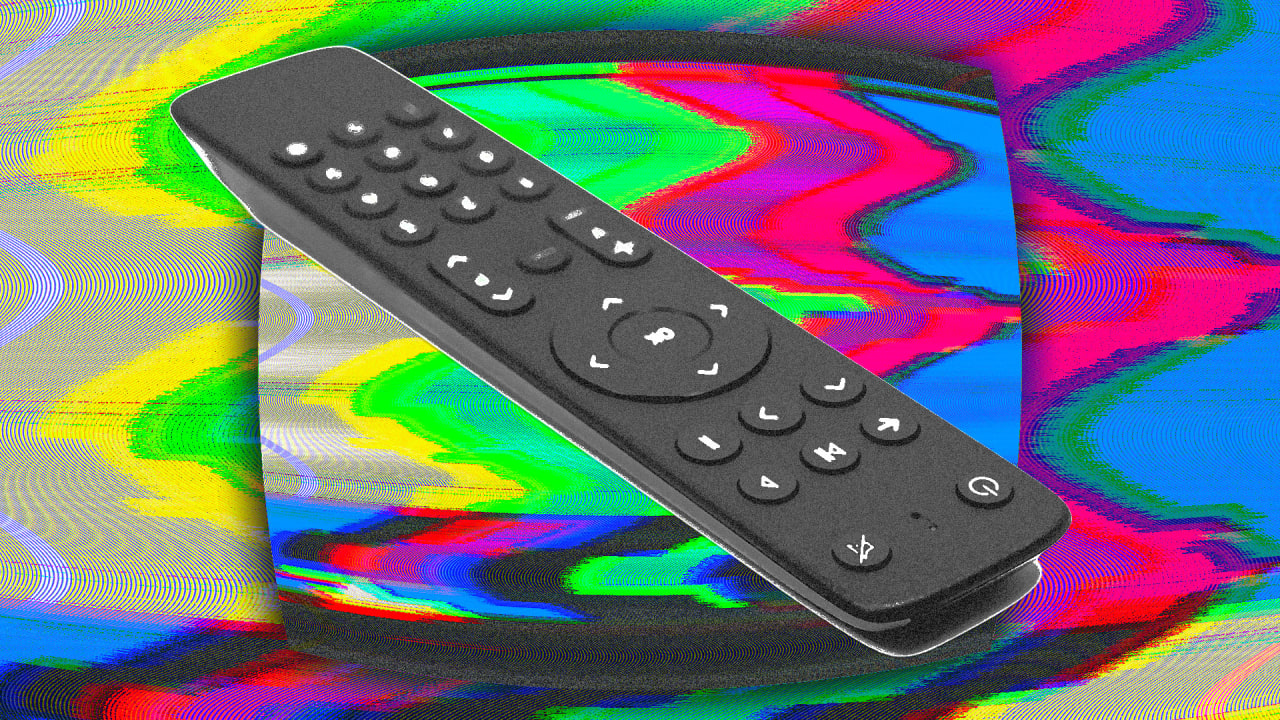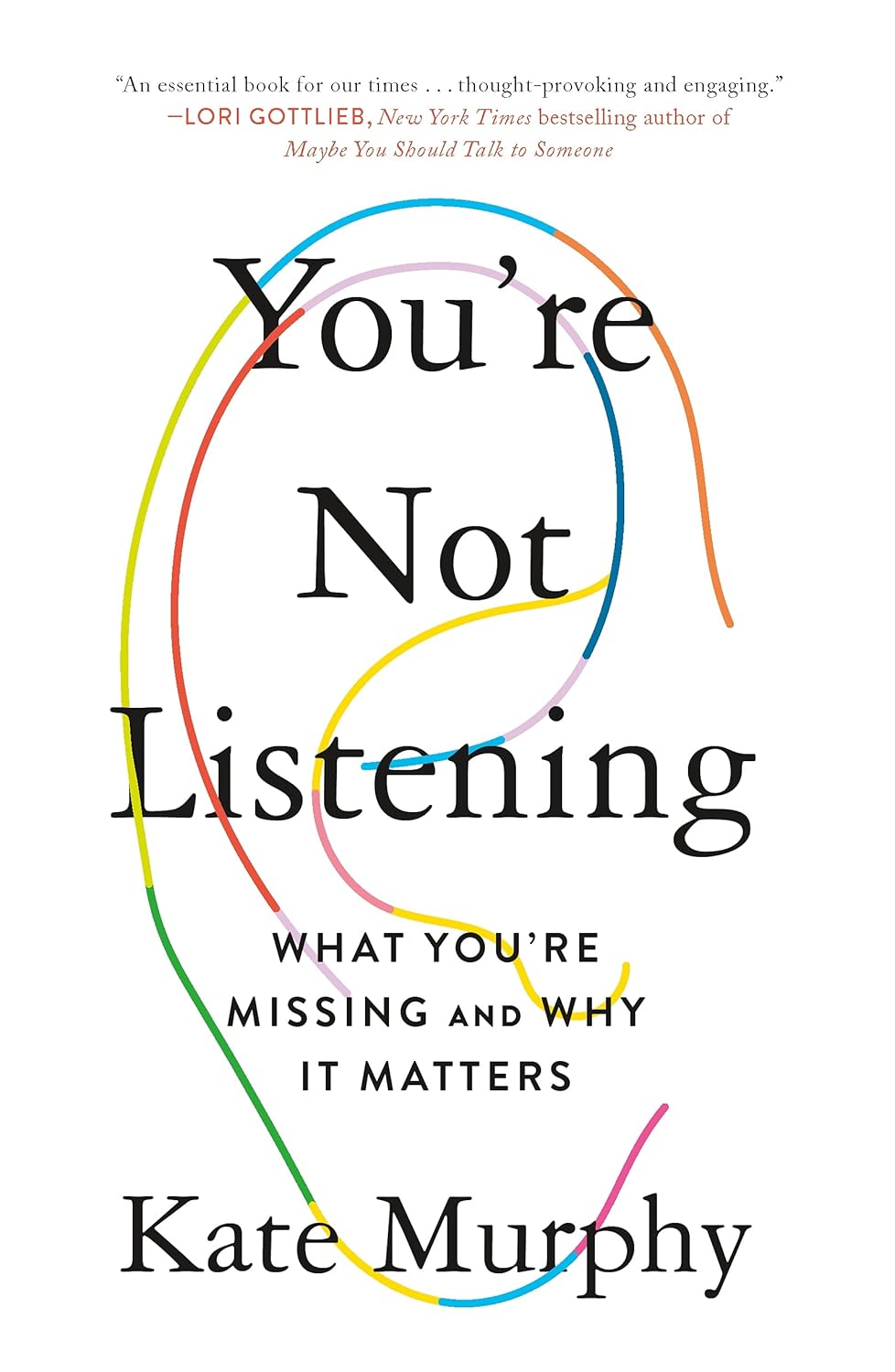Streaming dominates U.S. TV for the first time, beating broadcast and cable combined
More Americans are watching TV via streaming platforms than both broadcast and cable combined for the first time ever. The finding comes from Nielson’s monthly Gauge report, which was launched four years ago to provide insight on what viewers are watching, as well as how they are watching it. The latest report found that streaming accounted for 44.8% of total TV viewership in May—the largest share on record. Meanwhile, broadcast and cable TV only made up 20.1% and 24.1%, respectively, for a total of 44.2%. “It’s fitting that this inflection point coincides with the four year anniversary of Nielsen’s The Gauge, which has become the gold standard for streaming TV measurement,” said Karthik Rao, Nielsen CEO, in the report. “It’s also a credit to media companies, who have deftly adapted their programming strategies to meet their viewers where they are watching TV—whether it’s on streaming or linear platforms.” Previously, the Gauge reported another big milestone for streaming platforms. In July 2022, for the first time, streaming topped cable viewership. At the time, it accounted for 34.8% of viewership while cable made up 34.4%. Broadcast made up 21.6%. However today, the combined total for both cable and broadcast viewing still falls behind the percentage of monthly streamers. Predictably, streaming usage has steadily been increasing in recent years. Since 2021, viewers streamed their entertainment 71% more than they used other sources. During the same time period, TV viewers watched (and binge-watched) 21% less via broadcast. Likewise, cable viewing plummeted by 39%. Per the report, free services have been a major part of the uptick in viewers streaming content over the past four years. YouTube, the most-used streaming platform, saw streaming surge by 120% over the time period. Last month, the platform accounted for 12.5% of all TV viewership. Netflix, the leading Subscription Video On Demand (SVOD) service, saw an increase in viewership by 27% since 2021. As viewers keep turning toward streaming platforms, the services are evolving to keep up with demand. In April, Netflix Co-CEO Ted Sarandos explained the platform’s goals for expansion, which included becoming a trillion-dollar company. Sarandos explained that video podcasts could soon be viewable on the platform, saying, “the lines are getting blurry” between podcasts and talk shows, adding, “as the popularity of video podcasts grows, I suspect you’ll see some of them find their way to Netflix.” Streaming platforms have expanded to include some major events, too, which were once only available on cable or broadcast. In 2021, the Olympics were shown on Peacock, NBC’s streaming platform. And this year, even The Super Bowl streamed on Tubi. Likewise, in 2025, the Oscars was viewable on Hulu, making it accessible to those without cable or broadcast TV for the first time.

More Americans are watching TV via streaming platforms than both broadcast and cable combined for the first time ever.
The finding comes from Nielson’s monthly Gauge report, which was launched four years ago to provide insight on what viewers are watching, as well as how they are watching it. The latest report found that streaming accounted for 44.8% of total TV viewership in May—the largest share on record. Meanwhile, broadcast and cable TV only made up 20.1% and 24.1%, respectively, for a total of 44.2%.
“It’s fitting that this inflection point coincides with the four year anniversary of Nielsen’s The Gauge, which has become the gold standard for streaming TV measurement,” said Karthik Rao, Nielsen CEO, in the report. “It’s also a credit to media companies, who have deftly adapted their programming strategies to meet their viewers where they are watching TV—whether it’s on streaming or linear platforms.”
Previously, the Gauge reported another big milestone for streaming platforms. In July 2022, for the first time, streaming topped cable viewership. At the time, it accounted for 34.8% of viewership while cable made up 34.4%. Broadcast made up 21.6%. However today, the combined total for both cable and broadcast viewing still falls behind the percentage of monthly streamers.
Predictably, streaming usage has steadily been increasing in recent years. Since 2021, viewers streamed their entertainment 71% more than they used other sources. During the same time period, TV viewers watched (and binge-watched) 21% less via broadcast. Likewise, cable viewing plummeted by 39%.
Per the report, free services have been a major part of the uptick in viewers streaming content over the past four years. YouTube, the most-used streaming platform, saw streaming surge by 120% over the time period. Last month, the platform accounted for 12.5% of all TV viewership. Netflix, the leading Subscription Video On Demand (SVOD) service, saw an increase in viewership by 27% since 2021.
As viewers keep turning toward streaming platforms, the services are evolving to keep up with demand. In April, Netflix Co-CEO Ted Sarandos explained the platform’s goals for expansion, which included becoming a trillion-dollar company. Sarandos explained that video podcasts could soon be viewable on the platform, saying, “the lines are getting blurry” between podcasts and talk shows, adding, “as the popularity of video podcasts grows, I suspect you’ll see some of them find their way to Netflix.”
Streaming platforms have expanded to include some major events, too, which were once only available on cable or broadcast. In 2021, the Olympics were shown on Peacock, NBC’s streaming platform. And this year, even The Super Bowl streamed on Tubi. Likewise, in 2025, the Oscars was viewable on Hulu, making it accessible to those without cable or broadcast TV for the first time.

































































![https //g.co/recover for help [1-866-719-1006]](https://newsquo.com/uploads/images/202506/image_430x256_684949454da3e.jpg)























![How Smart PMs Scale Their Careers in Any Org [TPG Live Recap]](https://tpgblog.com/wp-content/uploads/2025/06/2025-06-12-thumbnail-action.png?#)















































